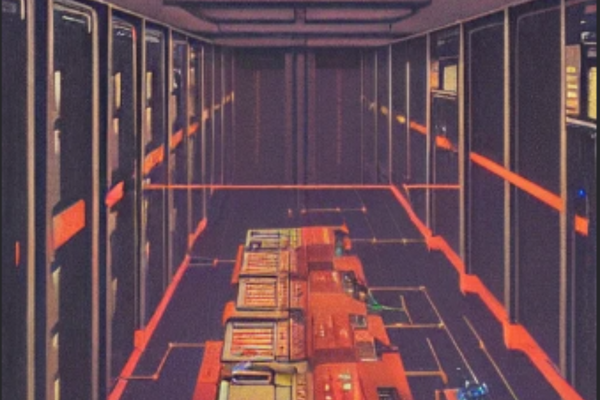Global Bank finds a self-funding approach to Mainframe Modernization with GFT and CloudFrame
A leading Global bank knew it needed to modernize its mainframe as costs increased, but it was also concerned about the impact on its daily activities and business disruptions. Digital transformation leader GFT and COBOL to Java modernization experts CloudFrame worked together to transform two batch jobs and their Cobol programs into a new environment […]











Recent Comments